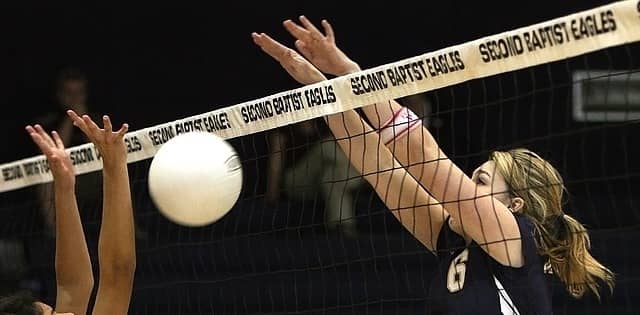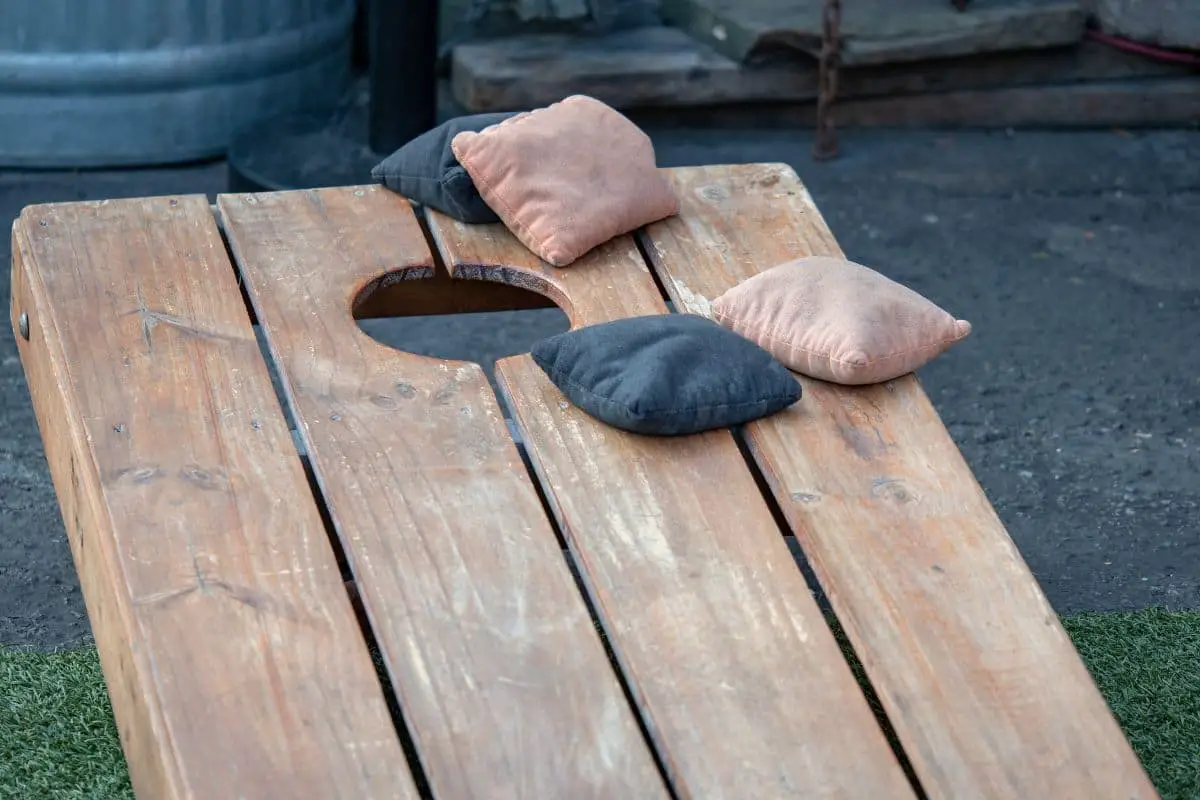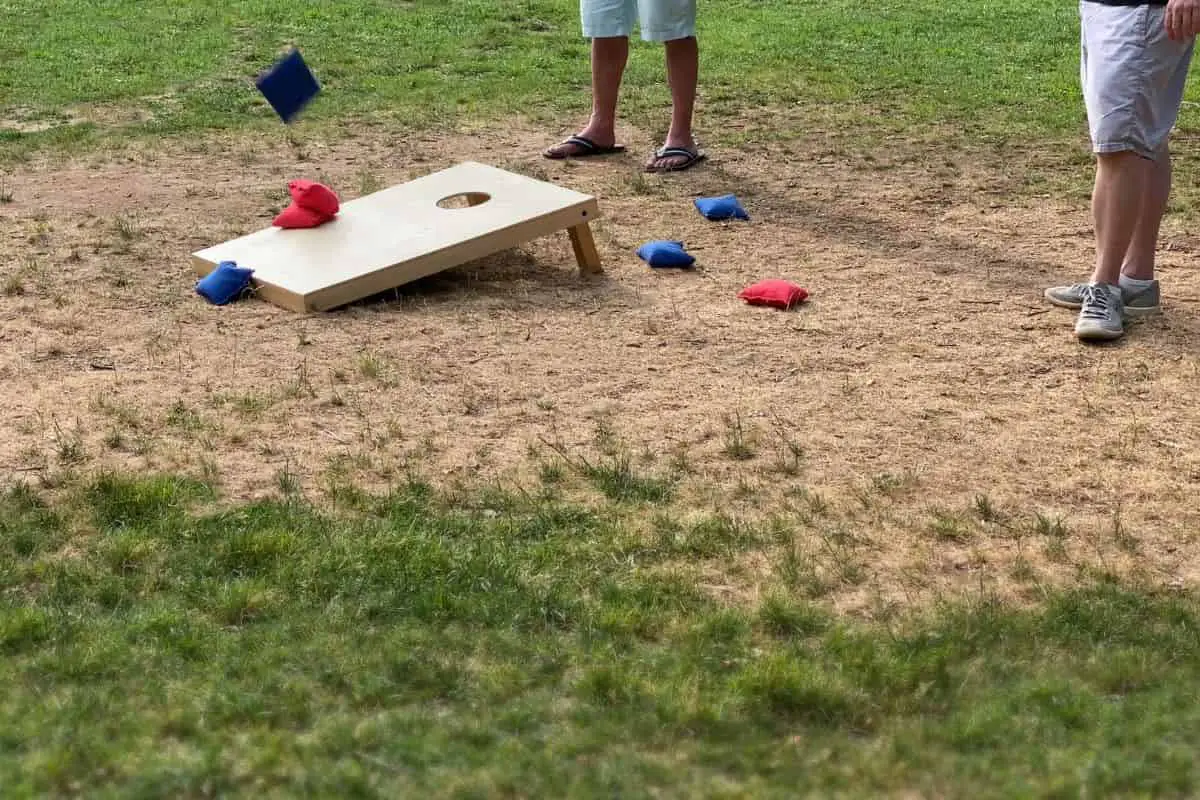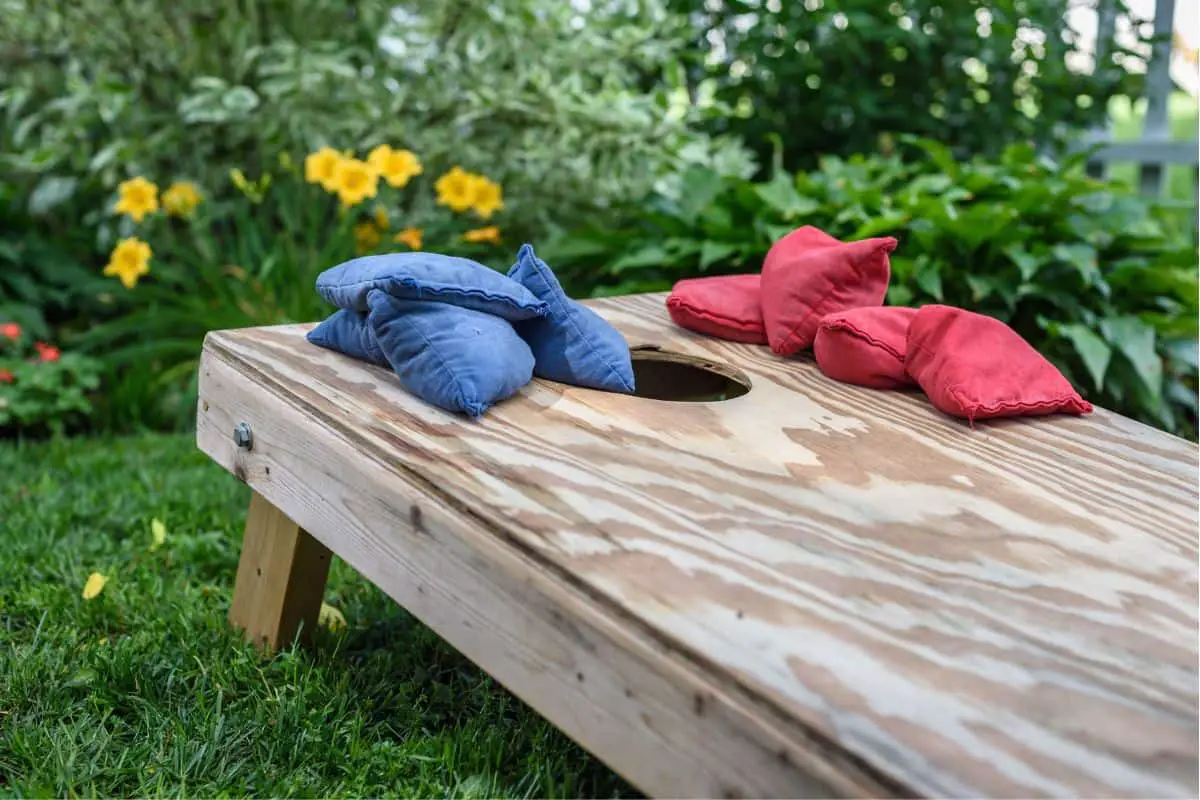If you like volleyball, you know all the different types of players: The outside hitter, setter, opposite, middle blocker, defensive specialist, serving specialist, and libero. Each position is pretty explanatory, except for the libero. What is a libero? Why do they wear a special jersey? Can they serve?
A libero is a defensive position, typically the best defensive player on the team. In this defensive position, it is illegal for a libero to serve, set, or spike. They specialize in passing and defense plays. Keep reading to learn about the role of the libero, what they can and can’t do, as well as what makes a good libero!
A libero position can be substituted for any player in the backcourt. They cannot serve or spike. The libero may only play in the backcourt and may not substitute front-court players, and cannot perform an overhead set in front of the attack line while other players are attacking the ball. This means that spiking is illegal for the libero.

What is a Libero?
A libero is defined in the FIVB glossary as “a specialized defensive player.” This position requires a different jersey and has a specific set of rules. To begin, they may only play in the back row, and they may not play an attacking shot, serve, or block. This position was introduced to volleyball in 1996, and some teams may not have them.
If the libero sets the ball in front of the attack line for the front-row players, the other players are not allowed to spike the ball. However, if the set is behind the front line of players, the ball is in free play and can be attacked or spiked.
A libero also serves as a substitute for the back row players but may only be substituted for one player. They typically do not start the game. NCAA states “at the beginning of matches, before the first serve, the libero will generally replace a player in the starting lineup. That player becomes the only player that can replace the libero”.
What is the Purpose of a Libero?
The introduction of the Libero position was a game changer for volleyball as coaches are limited to 15 substitutions per set, which can be challenging during an intense game. The libero helps in the manner in which they do not count as a substitution, allowing coaches to use their substitutions for front-row players that aren’t specialized in defence.
Their purpose is to assist in serving reception as well as defence against attacks. They specialize in ball control and can set the team up to score during an attack. This was a significant change for volleyball as the teams could have a defensive specialist on the court for the majority of the game, making rallies longer and more exciting to watch.

Can a Libero Attack or Block?
There are three things a libero cannot do: serve, block, or set while in front of the 10-foot line. A libero is a defensive position, meaning their specialty is mobility and ball control to pass the ball on defensive serves or attacks.
A libero is only allowed to play in the back row and therefore is strictly prohibited from blocking the ball. Also, since they have a defensive role, this prevents them from being able to serve or play any offensive position. This includes attacking or blocking.
A libero is allowed to set the ball, but they must be behind the ten-foot line. If they set the ball in front of the ten-foot line, the other team members may not spike. If the libero is behind the line, they can set the ball, and other players may attack it.
What Makes a Good Libero?
A good libero is often the best defensive player on the team. If you are looking to become a libero, but don’t know where to start, here are some tips on what makes a good libero:
- Low to middle stature
- Specialization in bumping and passing
- Specialization in serving
- Specialization in defensive positioning
- Excellent agility and mobility
- Flexibility
If you are training to become a libero, it is essential to know that knee and elbow pads will be your best friend. A libero is often diving and hitting hard surfaces so that knee pads will prevent unnecessary bruises. Click here for 11 Beginner Volleyball Tips for Liberos
A good libero must also have excellent bumping, passing, and defensive skills. Diving or digging to pass the ball is a key role of the libero. You need to be quick, have initiative, and be a team player.
Liberos are often the most athletic players on the team, and they are seen running, diving, and sliding all over the court. A good libero will have excellent agility and stamina; they can also anticipate defensive attacks.

Why Does a Libero Have a Different Jersey?
Since the libero is a specialized position, they must wear a different color jersey. This allows the referees to monitor and enforce the rules during play.
There may be up to two liberos per team, but only one libero can play at once. This can be easily enforced with a different color jersey from the rest of the team.
Do All Teams Need a Libero?
Teams are not required to have a libero. However, it is a good strategy as it allows for a defensive player on the court for most of the game.
Most Olympic or professional teams will choose to have a libero which can be seen very clearly because of their different colored jersey.
Conclusion
A libero is a unique defensive player that is not allowed to spike, serve, or play an offensive role. They can substitute anyone in the back row, allowing volleyball teams to have a defensive player for most of each game. Liberos were a revolutionary change for volleyball and spectators as they made games more prolonged and exciting. Liberos are not average players; they are super athletic, have excellent agility and flexibility, and have impeccable passing skills. Next time you see a player with a different jersey, pay attention and see how they influence the game!





Leave a Reply
You must be logged in to post a comment.